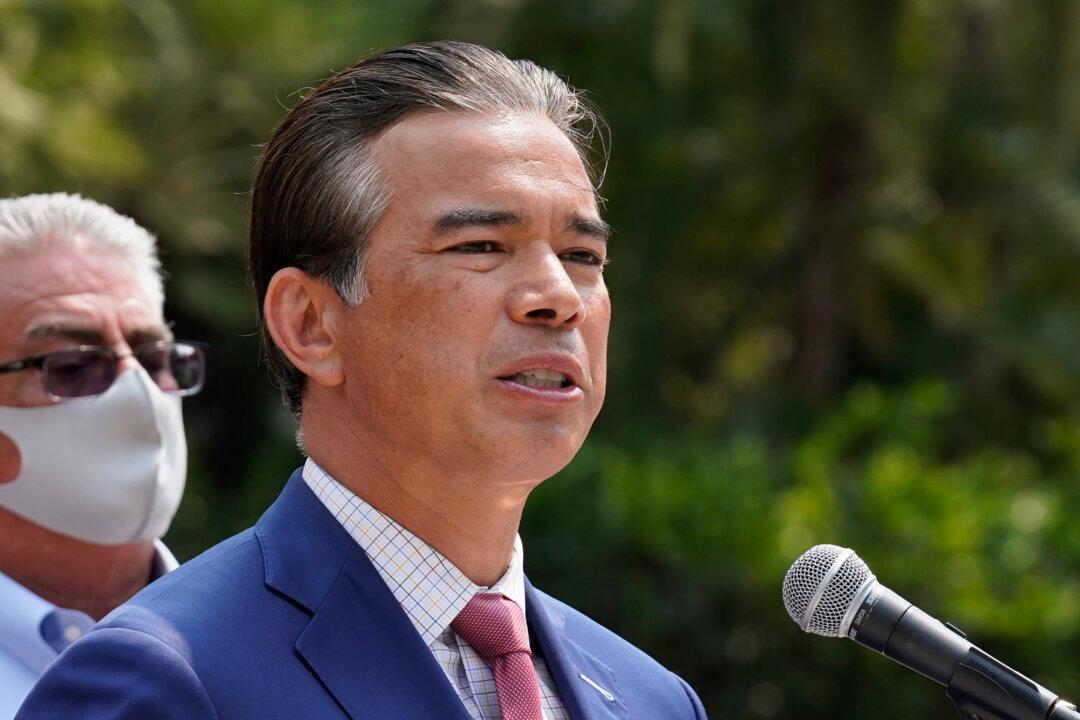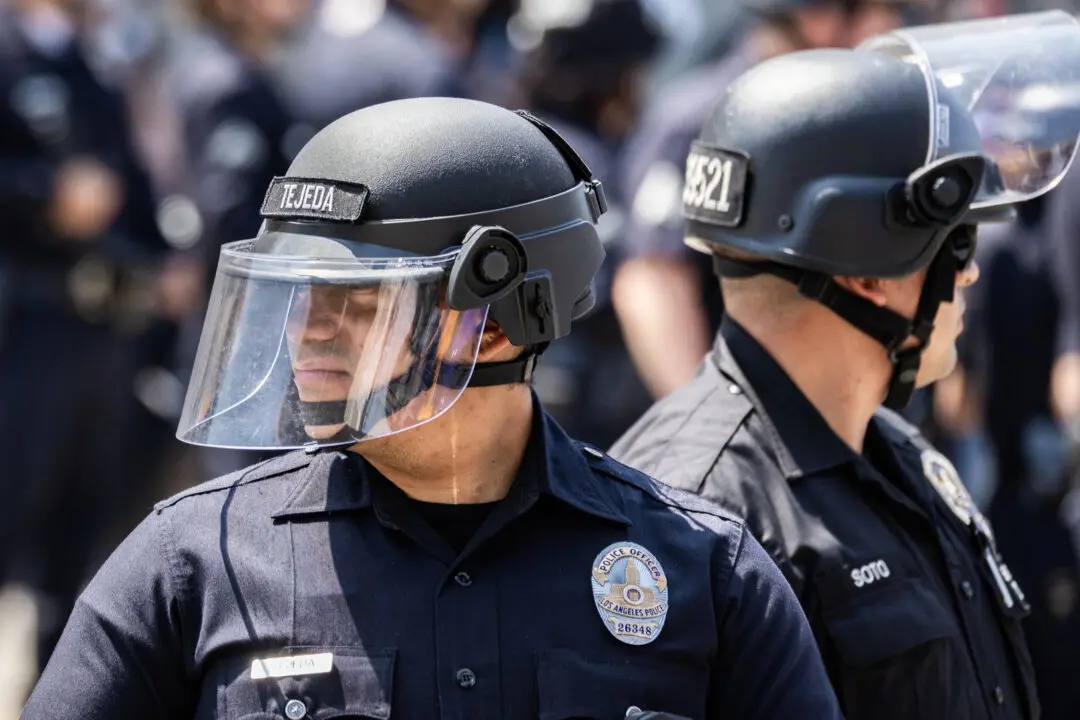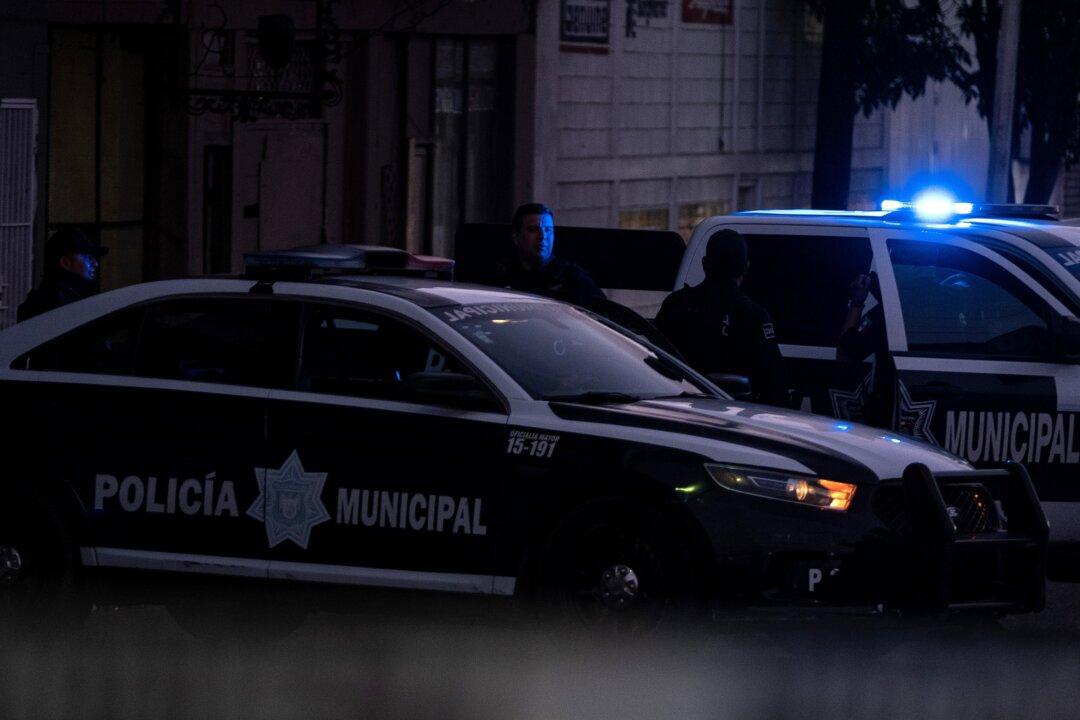LOS ANGELES—California Attorney General Rob Bonta Oct. 12 announced the seizure of over 4 million fentanyl pills and almost 900 pounds of fentanyl powder, along with over 200 related arrests throughout the state since April 2021.
“Throughout the nation, we continue to address the impacts of the opioid crisis, and have in recent years seen a marked increase in fentanyl use and associated deaths,” Bonta said in a statement.





